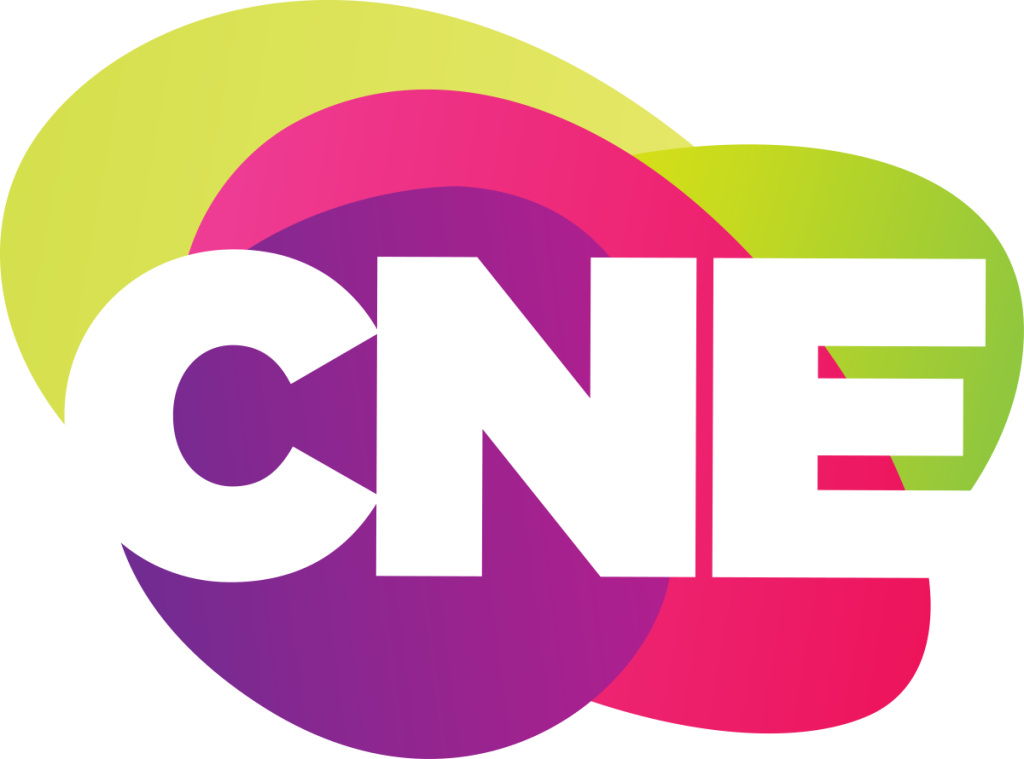
I. Introduction
The Evolution of TV Attribution in Advertising
Looking back at the history of TV attribution gives us a valuable perspective on a key part of advertising’s development. Ever since TV became a part of our lives, the ways we measure the effectiveness of commercials have changed dramatically. This essay will guide you through this fascinating journey, starting from the basic methods of the 1950s to the advanced analytics used today. Each stage reflects the changes in technology and how we watch TV. While we won’t be focusing on how TV shows are made or enjoyed, we will be looking at how well TV ads work.
We will explore the crucial role of companies specializing in TV attribution and how they have transformed this field. Our goal is to make the concept of return on investment (ROI) for TV and radio advertising clear and easy to understand. By following the evolution of TV attribution, we can see how it shapes advertising strategies and helps get the most out of advertising budgets in today’s ever-changing media landscape.
II. Early Days of Television Advertising (1950s-1970s):
Foundations of TV Attribution

The 1950s marked a turning point in TV attribution with the first attempts to measure the impact of commercials. Nielsen ratings emerged, offering basic information about the demographics of viewers. However, these early steps were like dipping a toe in the water compared to the detailed understanding we have today. While the analytical tools back then were far simpler than the sophisticated methods we use now, they laid the important foundation for future developments.
Even with limited tools, advertisers began to recognize the significant influence television had on consumer behavior. This recognition paved the way for continuous improvement and refinement of TV attribution techniques. It highlighted the need for more detailed and accurate methods to assess the true impact of TV ads on viewers, ultimately driving innovation and advancement in the field.
III. Advancements in Measurement Techniques (1980s-1990s)
Enhancing TV Analytics

The 1980s and 1990s saw major changes in TV attribution. This period brought new and innovative ways to collect data, helping to understand the preferences of the growing and diverse audience. With the explosion of cable channels, the need for better advertising measurement became clear. Companies specializing in TV attribution developed new methods to keep up with the changing media landscape.
However, this path to improvement wasn’t smooth. There were doubts about the reliability and accuracy of these new methods. Questions arose about how well they measured viewer engagement and ad effectiveness. Despite these challenges, this era was still a big step forward for advertising efficiency. Advertisers gained access to a wealth of new information, offering a deeper understanding of consumer behavior than ever before.
These advancements laid the groundwork for the future. They prepared the advertising world for the digital age that was just around the corner. Soon, digital platforms would change how advertisers reach their audience. However, it was this critical period in TV attribution history that equipped everyone for the dramatic changes ahead. This era wasn’t just a step forward – it was a giant leap in understanding and using the full potential of TV advertising. The foundation laid during this time was crucial, ensuring the industry was ready to embrace the digital revolution with open arms, marking a significant chapter in the ongoing story of TV attribution.
IV. The Digital Revolution and its Impact (2000s-Present)
Transforming TV Attribution

The 2000s marked a major turning point for TV attribution with the rise of digital and interactive TV. This period saw a groundbreaking combination of digital techniques with traditional metrics, offering a complete picture of how people responded to ads. Additionally, using different methods and channels to track ad success, along with the need for real-time data, became a game-changer in understanding TV ad effectiveness.
While analyzing this more complex data presented challenges, the benefits were clear. Advertisers gained the ability to measure the impact of TV ads in much greater detail than ever before. This development significantly enriched the history of TV attribution, highlighting a move towards smarter and more precise evaluation methods.
Furthermore, this era wasn’t just about better measurement of ad effectiveness; it also set a new standard for the industry. By integrating digital insights with traditional approaches, it expanded the toolbox for advertisers, allowing for more targeted and effective ad campaigns. This period, therefore, stands as a crucial chapter in the evolution of TV attribution, paving the way for future innovations in advertising analysis.
V. Current State of TV Advertising Attribution
Optimizing TV ROI
Recent years have seen remarkable progress in TV attribution. Sophisticated tools and AI are now essential, making complex viewer data analysis much easier. However, a major challenge remains – handling vast amounts of data while protecting privacy. Despite this, numerous success stories show the effectiveness of modern TV attribution methods in boosting ROI. These methods have also changed how advertisers understand and use viewer engagement for better targeting.
Companies leading this innovation offer cutting-edge TV analytics solutions, changing how businesses measure and improve returns on their TV and radio advertising. Exploring these new technologies is a crucial first step for those looking to maximize their advertising ROI. Adopting the latest TV attribution allows businesses to use data-driven insights for more focused and effective advertising strategies.
Scheduling a demo with industry leaders like Quality Analytics can provide a complete picture of these advancements. It’s a chance to see how these tools can directly improve your advertising efforts. To stay ahead in this evolving landscape, businesses should explore the latest solutions in TV attribution, setting a new bar for advertising effectiveness and efficiency.







